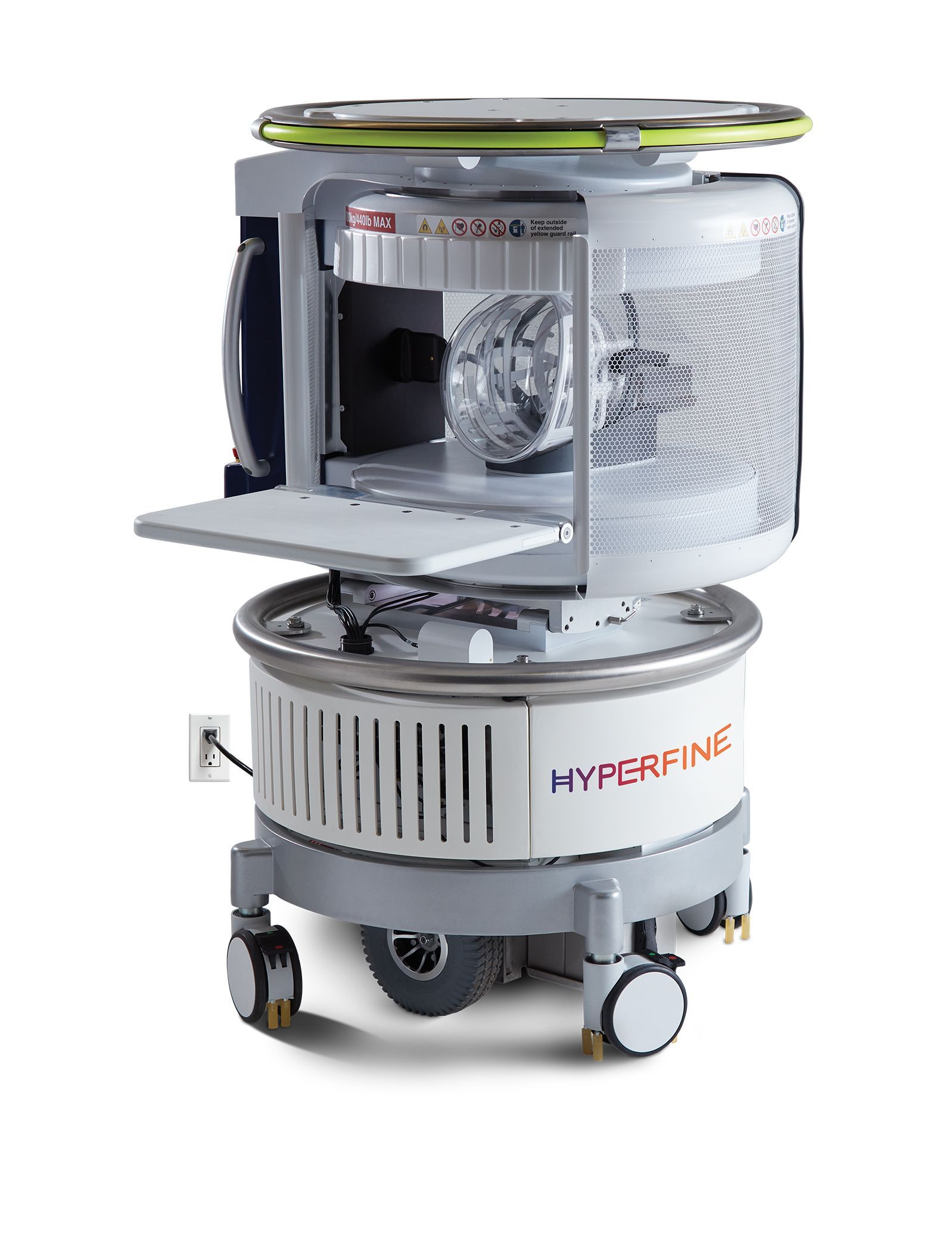Swoop™ Portable MRI system creates new product category for accessible, cost-effective MR imaging Hyperfine’s Swoop™ Portable MRI has been recognized with a Best Practices Product Innovation Award for its category-defining point-of-care MR imaging technology. Hyperfine’s Swoop™ Portable MRI has been recognized with a Best Practices Product Innovation Award for its category-defining point-of-care MR imaging technology. Guilford, CT, Oct. 14, 2020 (GLOBE NEWSWIRE) — Hyperfine has received a Best Practices Product Innovation award from Frost & Sullivan for the company’s category-defining portable MR imaging technology. Analysts from Frost & Sullivan, a leading growth strategy and research firm, describe the disruptive innovation as a “massive leap forward to democratizing MRI.” Hyperfine’s Swoop™ Portable MRI System is a point-of-care MR imaging device that wheels directly to the patient’s bedside, plugs into a standard electrical wall outlet, and is controlled through a wireless tablet, making MR imaging accessible and immediate. Magnetic Resonance Imaging (MRI) uses a magnetic field, radio waves, and a computer to produce detailed pictures of the body’s internal structures that are clearer, more detailed, and more likely in some instances to identify and accurately characterize disease than other imaging methods. However, fixed MRI systems can be inconvenient and inaccessible for […]


Add a comment






